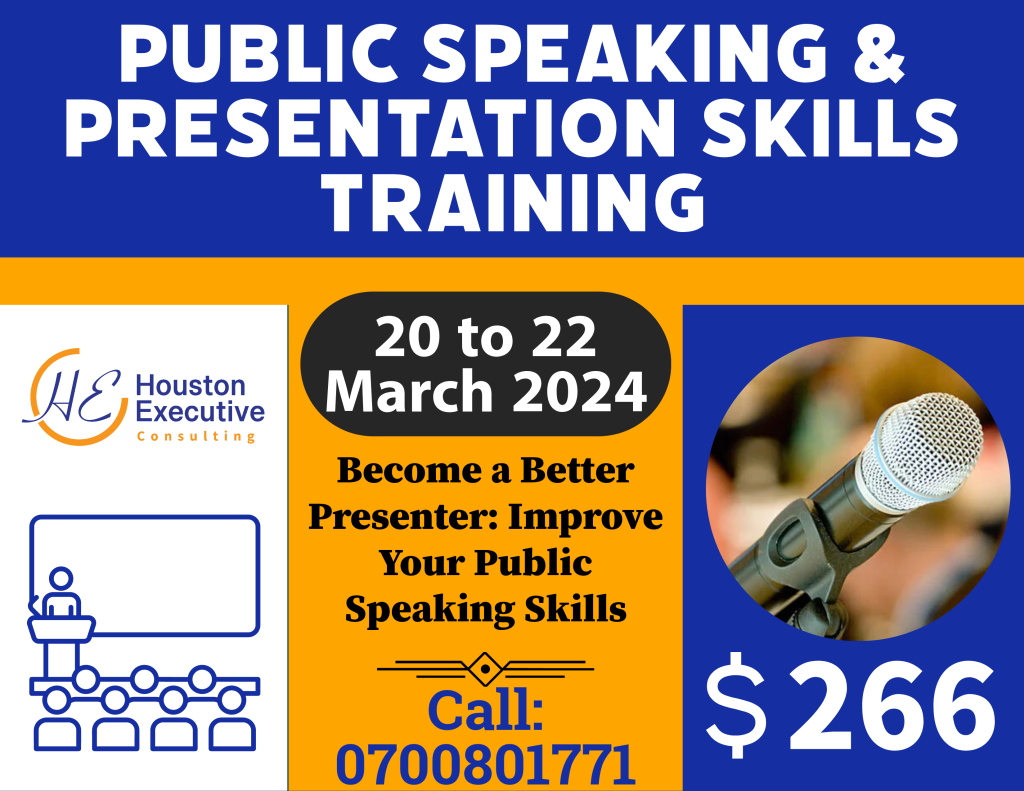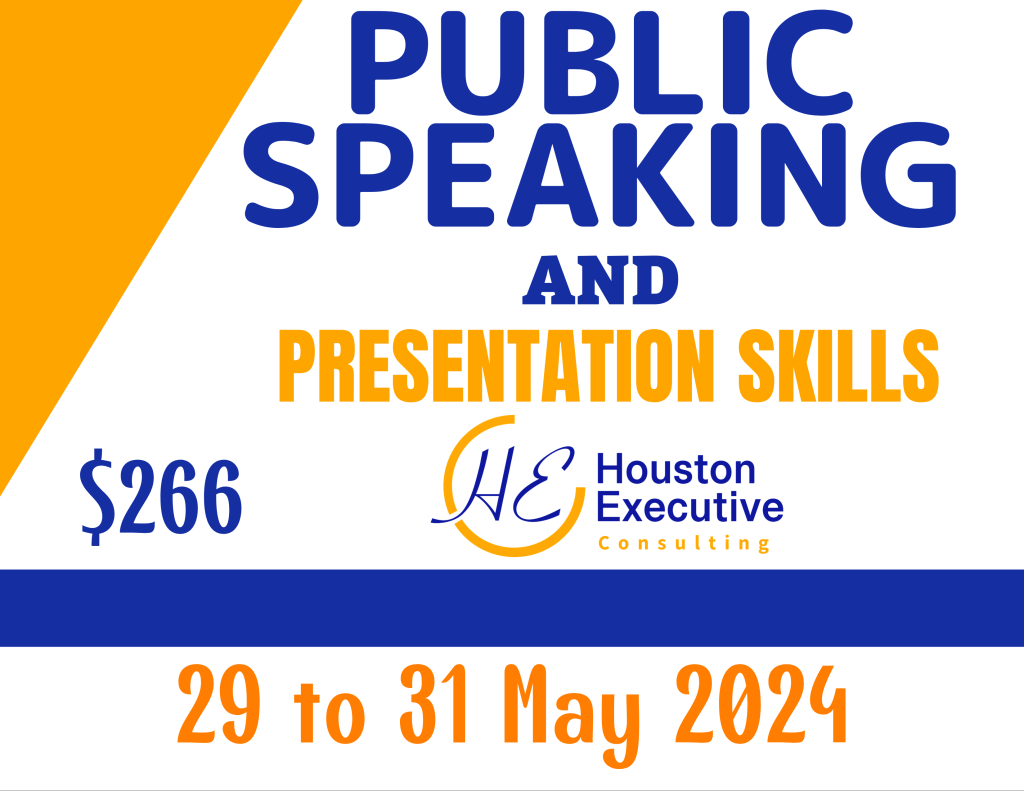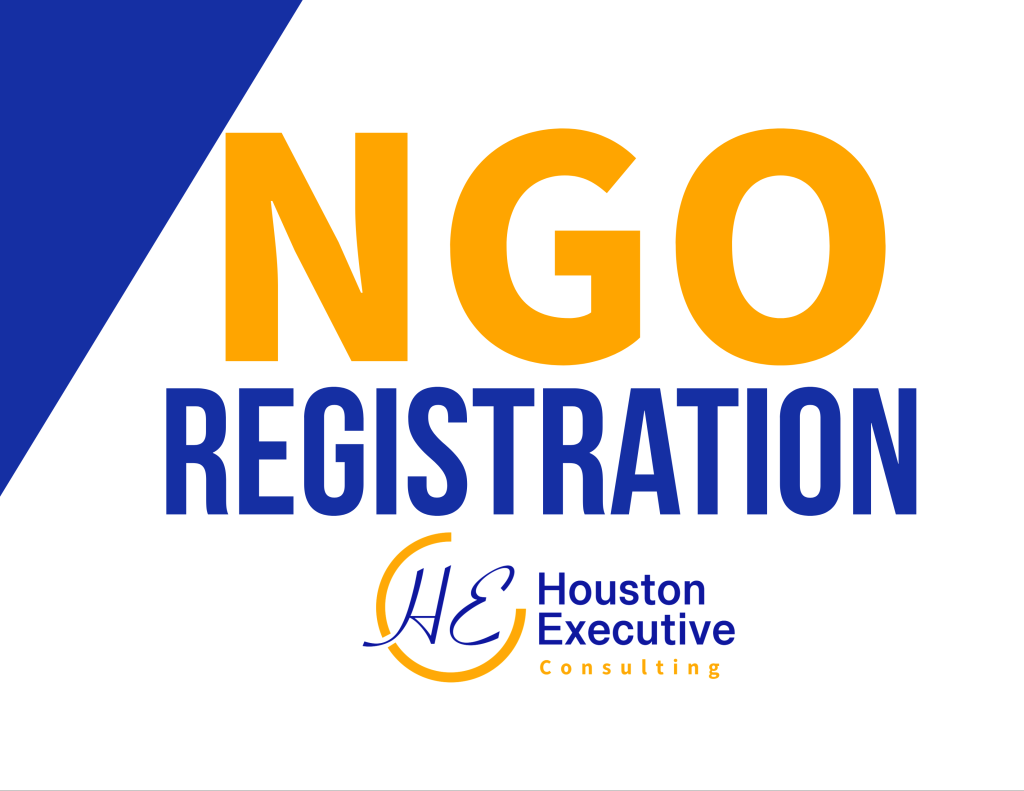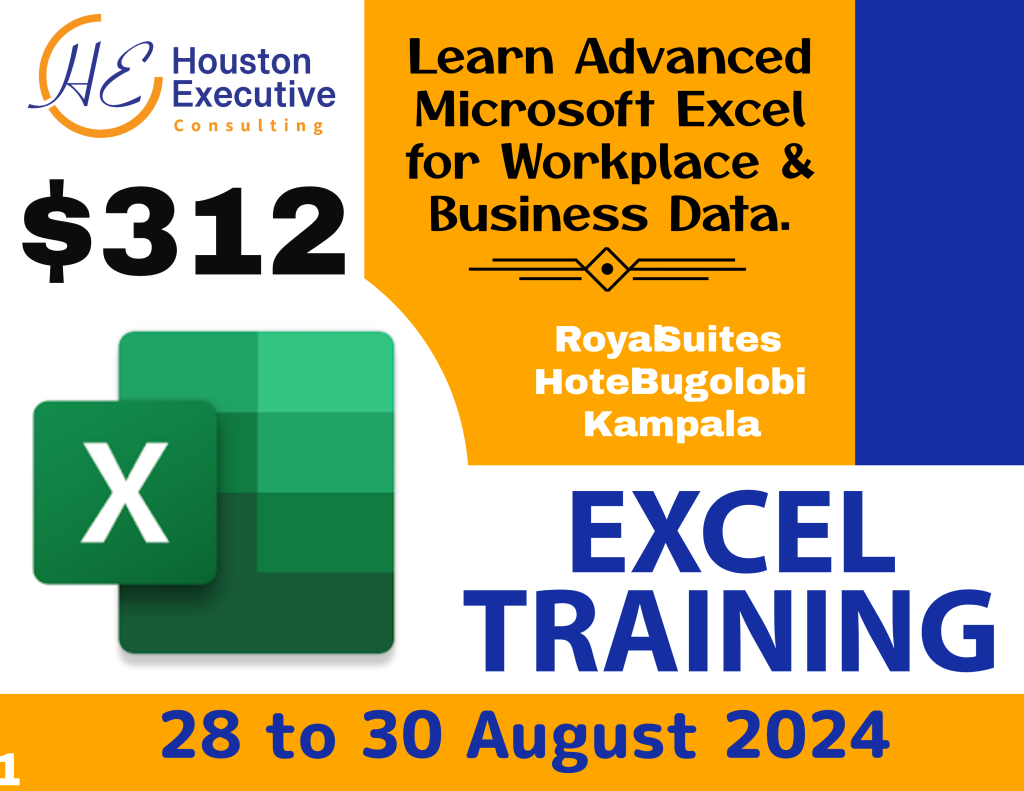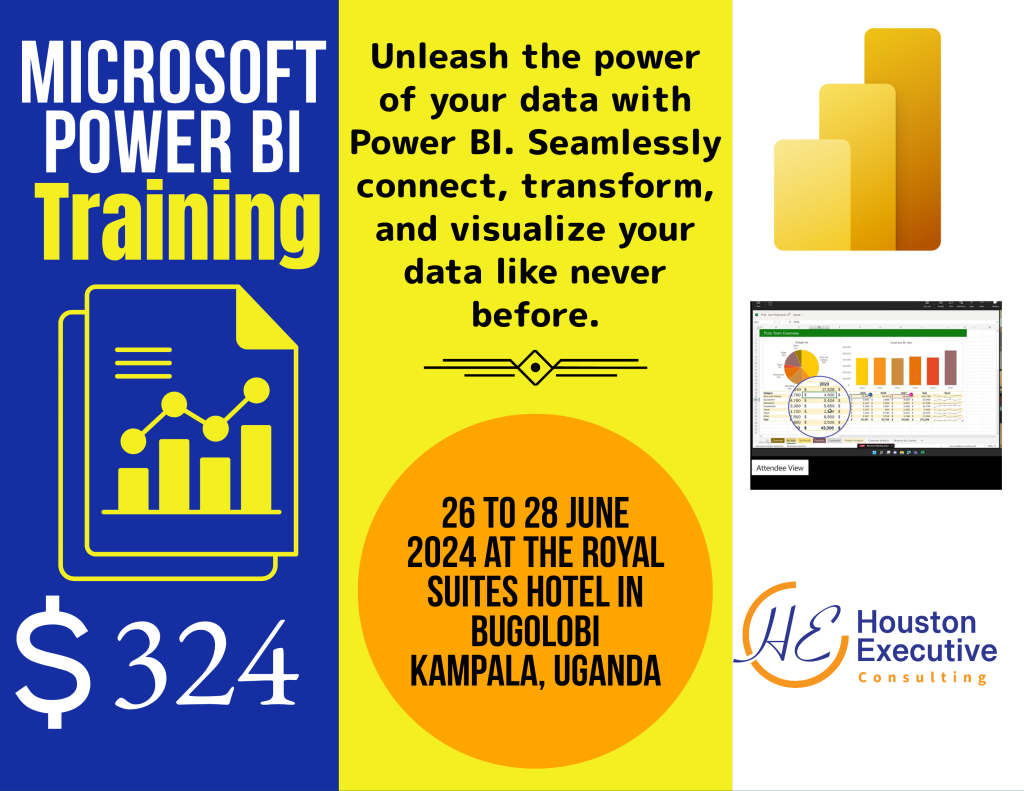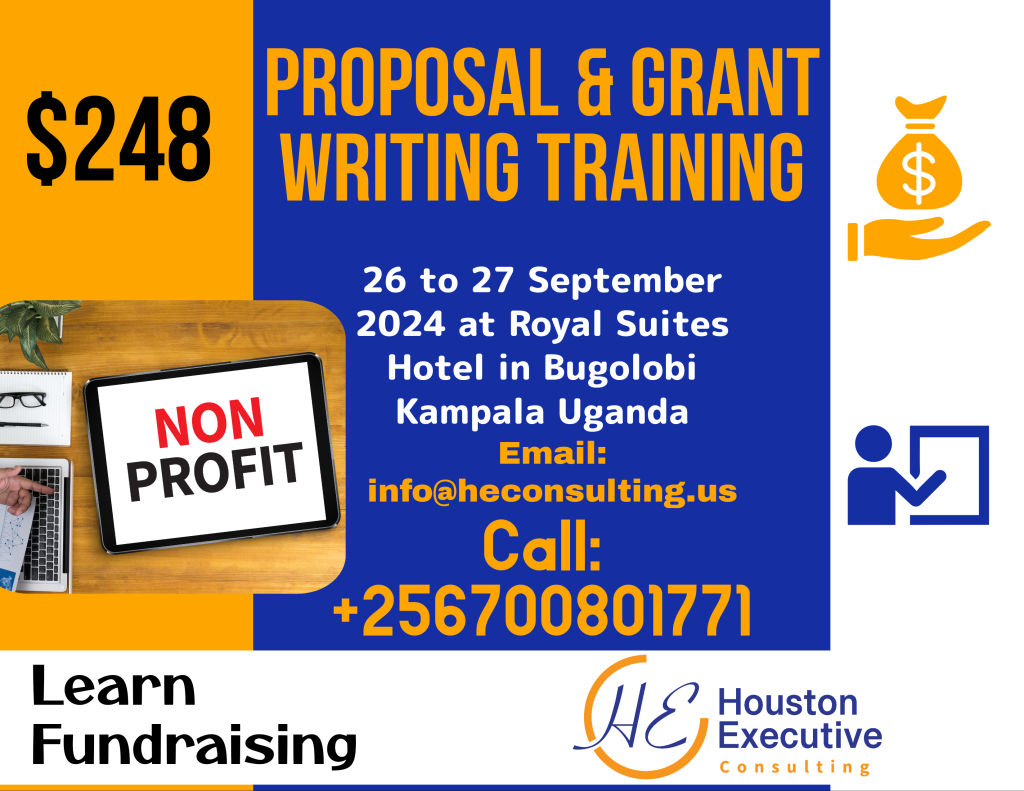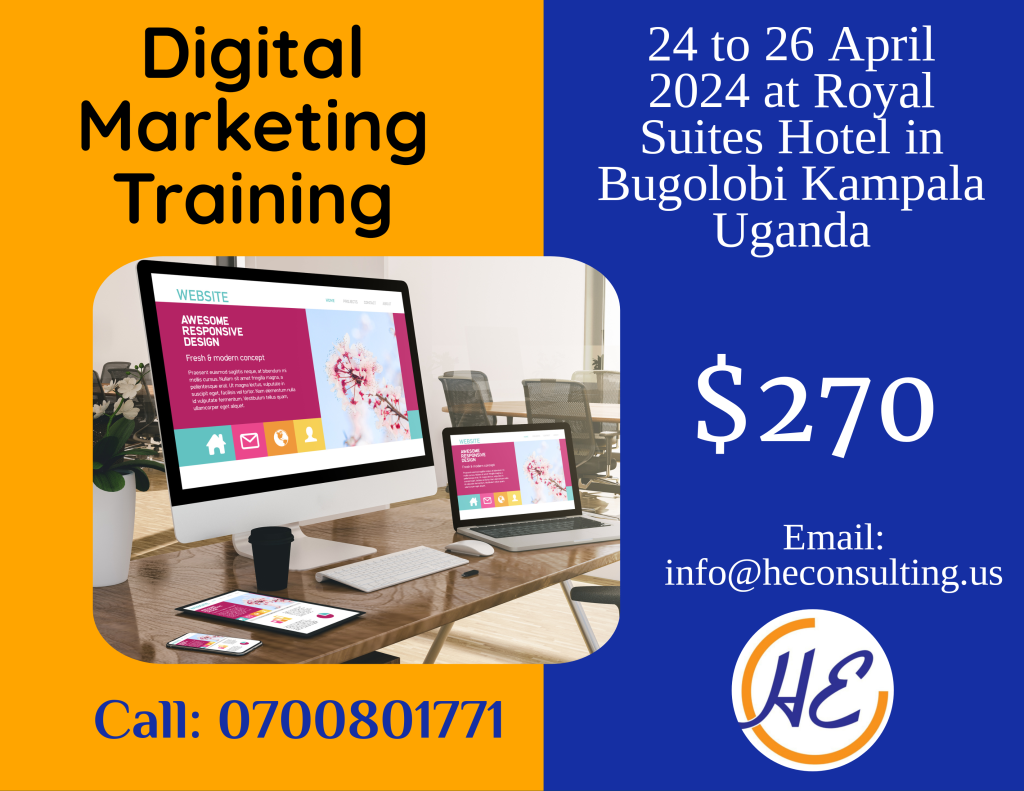Public Speaking Flowchart – Use These 9 Steps to Become the Best in Public Speaking
Introduction
While learning the art of public speaking, I carefully picked the most essential concepts, including ethics and the role of ethics and plagiarism within public speaking, as laid down by our lead facilitator, Dr. Keith B. Jenkins. Keith is also the Vice President & Associate Provost for Diversity & Inclusion Professor at Rochester Institute of Technology.
I did this during the Course RITx: SKILLS105x Public Speaking, which he facilitated and still exists at the EDX Learning Platform. His presentations and research mostly cited Lucas, Stephen, Lazaros Simeon, and Juanita Wattam. 2008. The art of public speaking. Toronto: McGraw-Hill Ryerson.
The most important thing is understanding that a public speaking flow chart summarizes nine elements in this article. A careful read of each will begin your learning journey to become an excellent public speaker.
The Following Are The 9 Steps In The Public Speaking Flowchart To Make You The Best In Public Speaking:
Accept the Speaking Assignment
You may receive an invitation to speak at any moment in your life. It may be at a friend’s wedding, a family funeral service, a lecture, a corporate event, or any other form of speaking invitation that may come your way.
Before you can say yes, there are a few questions you may have to ask yourself. For example, who are you speaking to? What is the occasion? And what are you talking about? Knowing these questions will form a strong foundation for you to deliver a good speech.
Analyze the Audience
Preparing speeches today is somewhat influenced by the fact that we are in a global village. Our audiences always have of persons from different ethnic backgrounds. It is, therefore, crucial for you to do audience analysis both demographically and psychologically.
You must be able to think about age, gender, sexual orientation, racial, ethnic, or cultural background, and religion. Analysis of your audience demographically enables you to prepare an all-inclusive speech without discriminating against anyone. At the same time, you have to think about what the audience believes in terms of their beliefs, their attitudes, and their values.
These two ways of analyzing the audience will help you tailor your message to capture the audience you are speaking to. Therefore, it is always wise to get complete information about the audience by carrying out audience analysis early enough as you prepare your speech.
Analyze the Occasion
One other critical thing to consider is the nature of the occasion. It would be best if you tried to find information about the occasion or event at which you will deliver your speech.
It may be a classroom setting, a boardroom in front of a board of directors, a corporate event, or a wedding. You also have to find out the exact or estimated number of people that will form the audience.
It may be a small group of about ten people, an audience of 200 participants, or even an event attended by 1000 people. Analysis of the occasion may also call for a physical visit to the venue or room where you will deliver the speech so that you can imagine how you will stand at the podium.
If there is no podium, you also need to figure out how you may move around or carry your iPad, paper, or telephone with your presentation’s key points.
Establish the Objectives
The fourth step in the public speaking flow chart is establishing the objectives. It would help if you were straightforward about the purpose of your speech. There are three standard objectives across the spectrum in public speaking.
You speak to inform the audience, convince them, or entertain them. At least your speech must fall into one of those categories. So, what is yours? Are you making an informative presentation, a persuasive speech, or an entertainment stand-up comedy (commemorative speaking)?
The most common types of speeches are informative, which also fall under four categories. They include speeches about visible and tangible objects, speeches about processes where you want the audience to understand a technique or speeches that enable listeners to perform a procedure. The third category is speeches about events happening or yet to happen and speeches about concepts like beliefs, theories, principles, or ideas.
Analyze Your Knowledge of the Subject
The fifth step in the public speaking flowchart, to analyze your knowledge of the subject, comes with putting together the information you have gathered or doing additional research on the topic.
The invitation may have come to you because you are considered a repository of knowledge in that particular subject. If that’s not the case, then you will have to analyze your understanding of the subject to gauge your level of knowledge about the specific topic.
You may have to do additional research by conducting a few interviews, using mass media, or visiting a library. Research about the subject allows you to collect enough examples, illustrations, and anecdotes. Public speaking routines involve using existing information, doing additional research, and gathering supporting materials.
Synthesize the Speech
Having collected all the information you need about the topic, it’s time to synthesize your speech. Look at it as organizing the speech in a way that adds worth to the audience you will be speaking to.
Every good speech contains an introduction, body, and conclusion. The best way to start writing a speech is by writing the body first, then returning and preparing the introduction. These two parts of the speech will guide how you write or compose a conclusion.
Depending on the type of speech you are preparing, it is essential to understand the correct pattern, like a chronological pattern where you narrate a sequence of events in a particular order.
The other pattern is the problem-solution approach, where the speech only has two parts. The choice of the pattern to follow helps you be orderly while preparing a presentation.
One of the most popular ways for those who would like to focus on preparing persuasive speeches is to follow Monroe’s motivated sequence. There’s a five-step technique for organizing persuasive speeches that inspire people to take a particular action.
It has been around for quite some time, developed in the mid-1930s by Alan H. Monroe at Purdue University. Monroe’s Motivated Sequence Outline includes the following five steps:
- Get the attention
- Establish the Need
- Satisfy the Need
- Visualize the Consequences
- Call to Action
Prepare for Delivery
While you prepare to deliver a speech, you need to create a solid outline of your speech. One of the most common styles of speech outline is the principle of subordination, where you list the main point using, say, Roman Numerals & the subordinate points listed as A, B, C, etc.
You also have to Practice your speech as much as possible before delivering it to the intended audience. You may be in front of a few friends or a mirror in your room. Either way, you can estimate the time and eliminate unnecessary details.
Deliver Your Speech
The most critical stage of the flowchart is where you deliver all you have tirelessly worked on. It’s time to share with the audience the best you can.
At this stage, you must also choose the method of delivering your speech. There are four styles of speech delivery, which include:
- Impromptu: the type of delivery where there is not enough time to thoroughly prepare. For example, at a networking event, a media team approaches you to speak about something from there and then. When confronted with this situation, capture the question first, respond with two or three points, and summarize.
- Memorization: with this method, you prepare a manuscript and memorize the entire speech without reading from the notes. The risk with this method is that some people forget some essential lines of the speech, and most likely, the audience will notice.
- Manuscript: this is where you write the speech word per word and deliver it by reading from a manuscript. The most common is with speeches, where you can have your words quoted for what you say in a court of law or at a political rally. Nonetheless, you may risk focusing your eyes on the script without fully connecting with the audience.
- Extemporaneous: with this kind of speech, you prepare comprehensively and develop a speech outline that will guide you through the entire time you have to present to your audience. You use the outline to direct the flow of the main points, subordinate points, and the different transitions within the speech.
Language of Speech Delivery
Everyone would like to listen to a clear and concise speech from the start to the end.
It would be best to choose words you understand without strife to include terminology with complex words that your audience will not understand. Such an act may also make you veer off the main topic.
As drawn from the research of Campbell, Huxman, and Burkholder, “The Rhetorical Act” talks about creating a virtual experience.
In other words, you have to speak so that your audience can imagine the same experience of an event even when they are not physically present. For example, I entered an examination room well-prepared, and to my surprise, the questions on the examination paper were tough.
I read up to question three and then turned and started reading from the last question backward to try and see if there was one I could easily attempt. Everyone with a similar experience would begin to imagine how you felt and reacted.
Nonverbal Communication – Voice
Be careful about your speech because your message will be better understood by how you deliver it, not by what you say.
Everyone has his unique voice, which you can use with a tone loud enough to ensure the audience can heal. You don’t have to speak so loudly because you will lose some audience members.
You also don’t have to speak so low; you will still lose other audience members. In other words, you want to talk fast enough to keep individuals engaged but not too fast that you lose them.
It would help if you also considered your pronunciation and articulation of words for nonverbal communication. While preparing a speech, you have to be sure that the words you have chosen to use are those you can pronounce the way they’re supposed to be.
Throughout your speaking career, you must always think about articulation when giving a speech to maintain your credibility.
Nonverbal: Movement & Gesture
While speaking, we tend to move around and employ some non-verbal behaviors that translate words and phrases.
You have to be careful about the kind of emblems to use since they may mean different things to your audience members. For example, holding up a closed fist may symbolize success to some people, whereas it may indicate a political statement to others.
You may also use illustrators to demonstrate different things to your audience so they understand your message better.
For example, you can draw a circle with your hands or indicate that something is small or very big. Other public speakers use signposts, like pointing to one’s finger to count 1, 2, 3, etc. It happens when one is making a presentation with numbered lists.
Adapters: these are nonverbal behaviors that individuals use to try and deal with the nervousness of facing an audience. Some presenters tend to hold one hand with the other and crack knuckles; others have water bottles or any other available object like a marker and start twisting them weirdly without their knowledge.
I have also seen a training facilitator who was also my colleague constantly drinking bottled water in such a way that the audience was not comfortable with the behavior.
It is up to you to think about those behaviors that may distract your audience from concentrating on the message or be interpreted otherwise from the original intention.
Prepare Post-Speech Evaluation
The post-speech assessment is the ninth and last step of the public speaking flowchart. During the evaluation stage, we look back at the entire process to assess whether everything went as planned.
At this stage, we also receive positive and negative feedback about the public presentation. You don’t have to take things for granted because while you may think you did an outstanding job, there could be particular things you must improve.
For example, there could be a specific word or phrase (go-to phrase) you tend to use several times that you have to deal with in your following speech.
Use the Evaluation Rubric
A speech evaluation rubric is a standard tool that you can use to assess both your speech and those of others. The rubric might break down the evaluation process into three parts- content and organization of the speech, language, usage, and speech delivery.
Other institutions and public speaking experts call this a score sheet for public speaking. In most cases, it works when each section is assigned percentage scores.
You can also do post-presentation assessments for training sessions and lectures by using evaluation forms distributed to participants to give feedback about the presentation.
For presentations made during a training intervention, we asked participants if the duration was sufficient and whether participation and interactions were encouraged.
We also determined whether the Presenters and presentations were clear and audible. Answers to those questions give us valuable tips on improving that performance the next time we prepare for public speaking or presentations.
Develop an Improvement Plan
If you get valuable feedback about your performance and tips on how to improve that performance the next time you speak. You need to take notes and implement the lessons learned for you to get better the next time you get an opportunity to talk.
The key lessons will mostly be about the content and organization, language, and delivery. It would be best if you continued to use the rubric to evaluate your presentations during one speech or training and in other moments when you have an opportunity to speak.



